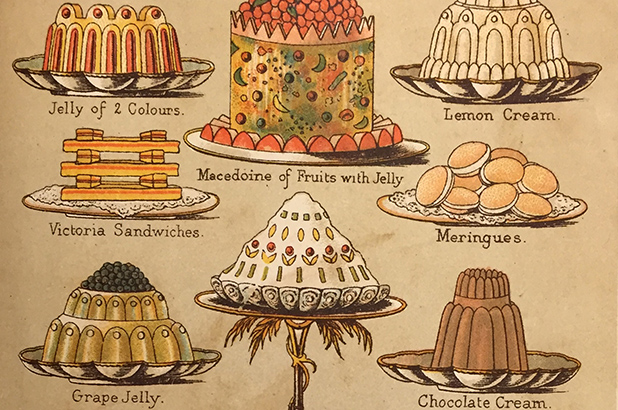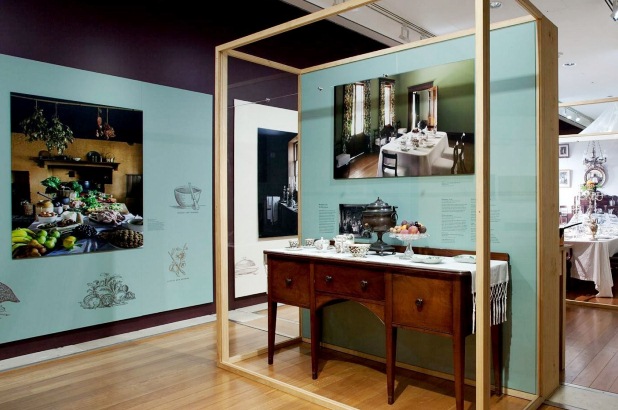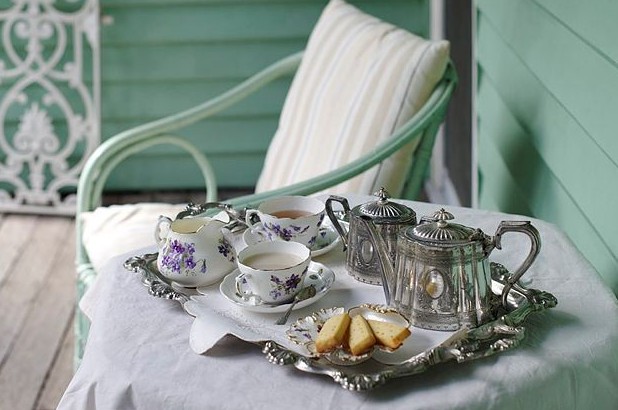If you were looking at sideboards for your 1830s colonial house the biggest issues you faced, apart from style and cost, was the sheer size of the thing! Perhaps a chiffonier was the answer. Continue reading
Of sideboards and serving tables – parte the seconde
Regency sideboard in the dining room of Leslie Walford's apartment (detail). Photo © Brenton McGeachie for Sydney Living Museums



